News
Interview: Jay Baruchel on Directing, Effects, and His Top Horror Movies
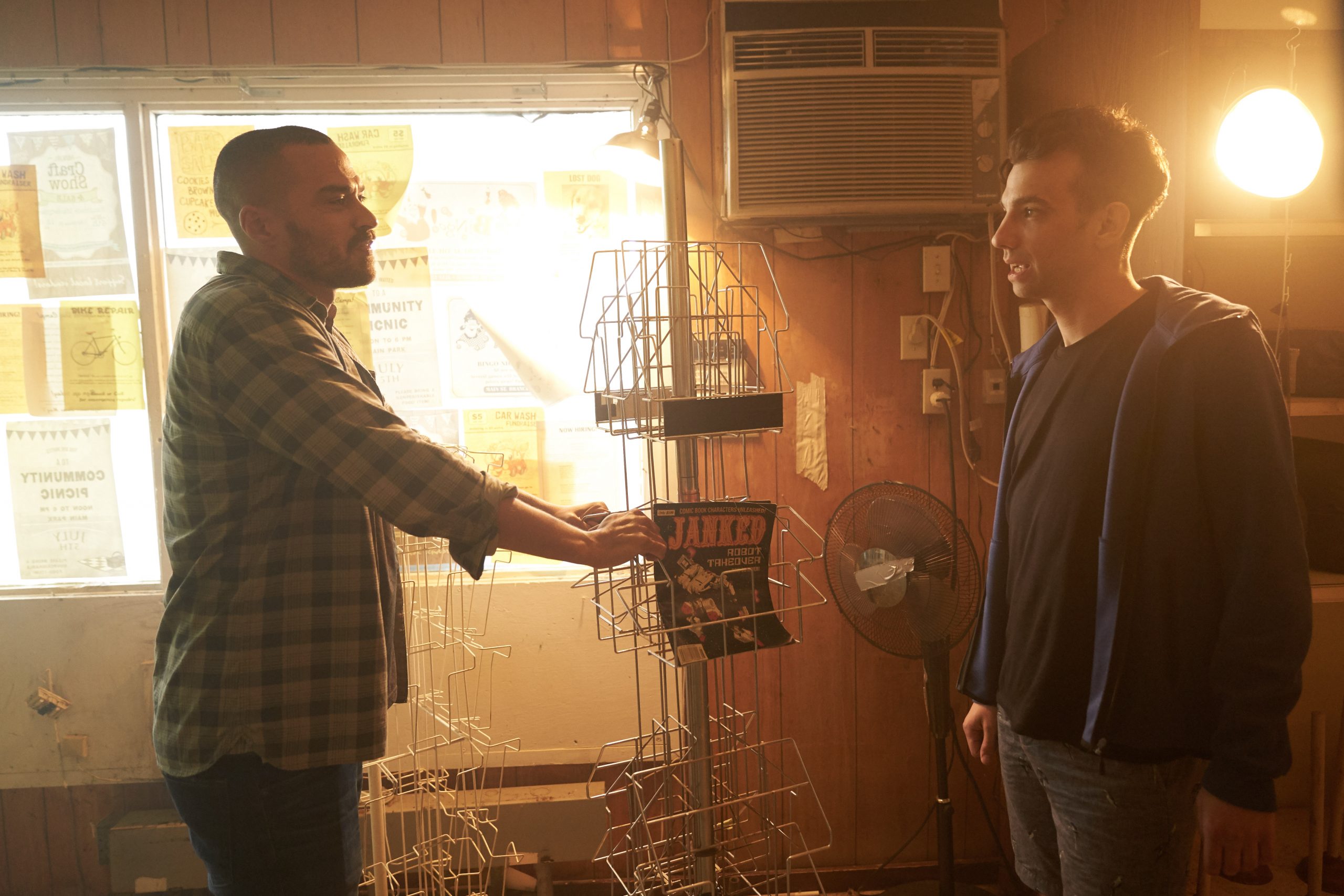
As the director of Random Acts of Violence, Jay Baruchel had a wealth of experience to draw from. Working in the industry from the age of 12, he’s learned from the likes of directors like David Cronenberg and Clint Eastwood, and gained valuable insight into what can make (or break) a film set.
I sat down with Jay to discuss his newest film, practical effects in the horror industry, and some of his favourite horror films.
For part one of our interview on Random Acts of Violence, click here.
Kelly McNeely: So, you’ve been in the industry for a long time starting with Popular Mechanics for Kids, but how has that helped you with everything you’ve experienced as a director and what have you learned through all those crazy experiences?
Jay Baruchel: Everything. And pretty much everything I know about movies is from being on set since I was a kid or watching movies. My first day on set, I was 12. And even when I started then, my mother said to me, well, you want to be a director. My interest in cinema wasn’t born of my interest in acting. It’s the other way around. I became an actor because it allowed me to be near cinema.
And so when I was 12, and my mom said to me, you know, you want to go to film school eventually, you’d have to wait till you’re 18. But you have an opportunity now to be in the best film school in the world, which is experience and just seeing it from the guts out. I was always a sponge. So from my first day onwards, I was always in love with, you know, the goddess of cinema, and I was absorbing everything I could, I would pick every brain that I could.
And what’s cool is looking back as a 12 year old/13 year old starting on these things, a lot of the crew, they were grownups in my mind back then. But looking back, they would have been way younger than I am now, 23-24, fresh out film school. So all their ideas and their interests were still fresh and diverse. And so at 12-13 I got to see how movies are made. But I got to be around a bunch of 20-somethings that just got out of film school who wanted to feed me all of the shit that they’d learned. And that’s a really awesome, inspirational place to start from.
But also, I’ll be honest, in 20 plus years of being on set, I think I’ve maybe been on half a dozen to ten that have functioned correctly. Like there is an industry standard of kind of controlled chaos, but it’s controlled in the loosest sense. But there’s also — and I’ll say this — that directing is… how should I put this? There are people that fail upwards. And because you’re the conductor, because your job is to have an instinct and opinion, and every other person on set ultimately comes to you, right?
What that means is, if you are someone who’s devoid of inspiration, it’s fucking easy to fake it, because everybody is constantly showing you options. I can’t tell you how many times as an actor I have been on a set where it was clear that the director had absolutely no instinct for what we were trying to do. And so these people would — every single time — assume that having the entire cast and crew in front of you as a sort of sandbox with with fucking GI Joes and vehicles in it, that somehow you would have to be inspired and have an instinct.
That seems to be the big takeaway, that a lot of them come in not knowing what the fucking thing is about and hope that we’re going to find it for them. And when you don’t know what you want, and all you’re going off of is what’s not working for you or what you don’t want, that’s when you get north of 7, 10, 12, 15 takes, and rare is the inspiration that survives that, I think.
And the best sets I’ve been on, by far, by far, by far, would be two masters that I’m really lucky to have to have worked for, was David Cronenberg and Clint Eastwood. Their sets were incredibly similar too, because it was a shared vision that was very clearly articulated. Now obviously you leave room to find and to explore, and no matter what the thing is, the thing on paper is not going to be the thing you make. But like, you still know what you’re trying to say, right? And so everybody on each set knew what the movie was trying to say. Everybody on each set enjoyed being there. Everybody on each set felt that their fingerprints were on the film. And so everybody operates from a place of passion, but also, there’s no stress and anxiety.
Because Eastwood’s thing is if I hired you, it’s because you can do the job. I hired you. So I don’t need to fucking worry. I don’t need to micromanage. Bring it — like the way everyone else is bringing it — and we’re all good, and we don’t have to do more than one rehearsal. And we don’t have to do more than three takes, and we can get home early. No one gets home early! But on both those movies, I got off set early, and they finished early! Million Dollar Baby finished like two days ahead of schedule, which is unheard of for a movie that size!
And so I was like, that’s the whole thing. Make sure everybody feels that this is theirs, that we’re all in this together. Nobody will ever be as at risk creatively as I am. But whatever the next best thing is, that’s what I want everybody to feel. I want them to feel that they can pitch any idea to me. Because — by the way — if everyone feels they can pitch in any idea to me, that means they’re really operating from a place of pure imagination, which for an artistic endeavor, like a film, can only be good for it. But also more to a point, I’ve seen a lot of examples — way more examples — of what a director shouldn’t do. And that is a strong kind of guiding thing too.
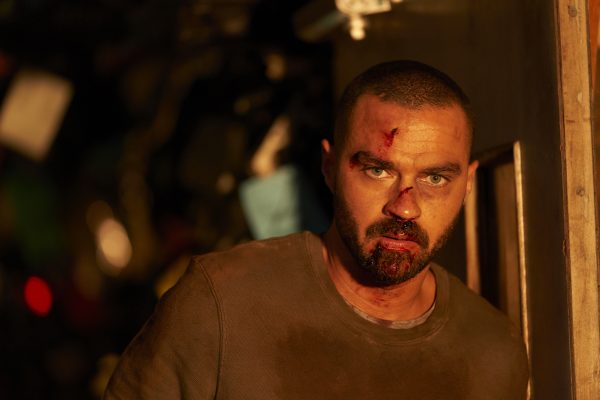
via Elevation Pictures
Kelly McNeely: With the really brutal violence in Random Acts of Violence, that’s a bit of a departure from what people expect from you. Horror is clearly a passion of yours, would you make another horror movie? How important was it for you to have practical effects? And how did you design those effects like the triptych, how did you get those concepts created?
Jay Baruchel: Yeah, that’s a great question. Um, yeah, absolutely in a heartbeat. I want to spend my life making horror movies or action movies. And what I realized is I want to spend my life making war movies, because war movies are both of those, and then some… pretty much every fucking genre. And the older I get, the more I’m unable to see truth in any movie that isn’t a war movie. But yes, I would. I would definitely in a heartbeat.
There’s a videotape somewhere at my mom’s house of me at age 7 — I said I wanted to be a director at 9 — but when I was 7 there’s a videotape of me saying to my mom, to the camera, I’m going to write stories so scary that they scare Stephen King out of his underpants. And so, I’ve enjoyed that shit since I was little, and I come by it honestly from two legit movie fans.
My mother and father would constantly give me a Film 101, and and with every flick, we’d watch — and especially if we watch something that was important — my mother explained to me why Hitchcock is the master of suspense and what that means and the type of movies he made, which drove me into an absolute obsession with the man when I was a teenager. So I love this stuff. And I’ve tried to figure out why.
I think it’s the same reason that I like punk, industrial, and metal, which is because it’s direct, and it bypasses a lot of shit that I find to be little more than wallpaper. It’s direct, it’s truthful, it’s strong medicine, and its fan base is religious and it gets no love from the intelligentsia. So this is the shit I should be watching, this is the shit I want to make.
In terms of how important the prosthetic stuff was: of paramount importance. For me it’s [Roberto] Bava’s work and John Carpenter’s The Thing. That’s the pinnacle, and everything else is an answer to that, an effort to recreate it, it’s a springboard from that. The crutch of computer generated imagery is — like any crutch — it’s a fucking crippling one, ultimately, that we’re overly reliant on.
But there’s obviously a place for it; there is computer generated imagery in Random Acts of Violence, in addition to just the obvious stuff like the animation, but there’s stuff we did to, you know, add a bit of rain here and there, and to add in a blade here. There is a home for it, but to make it the entirety of your special effects design, that’s sacrificing too much control of the aesthetic for me. By the way, I also can’t name a movie with CGI that I love, right? But I can name a bunch of prosthetic bits that I think are masterpieces. Se7en, there’s nothing like that shit, that stuff is true artistry.
One of the cool things about being in the same business since I was a kid is that you get to make relationships and you get to learn and you get to sort of go and ask people that you worked with when you were a kid who, like, remember you as the nerdy kid that asked too many questions. So the team that did all of the prosthetic effects, all of our gore, was Paul Jones. Jones also did a bunch of stuff in Goon: Last of the Enforcers, including the fist that breaks on his face and he loses a bunch of teeth, so his broken pallet, that’s all shit that Paul did.
If you google Paul Jones, you’ll see Resident Evil and everything, everything. And I worked with the guy when I was like 18-19, and we got along super well. We just shared nerdy interests — Fangoria kids, right — of course, I was an actual kid, he was in his 20s. So when I get time to make my horror movie, however many fucking years — a decade plus — later and I get to say, hey, Paul, can you come up with some crazy shit? And that’s the best. That’s the most fun thing. One of the most fun things about a movie is getting all of these people together, and having everyone just jam.
So I know what I want — and what I think I want as the director and co-writer — Karim knows what he wants and what he thinks he wants as DP. Paul has some ideas as a creator himself, and Michelle Lannon, our production designer, Linda Muir, our costume designer, and we all chime in, and we all feed off each other. And somebody’s idea, like, “oh fuck, that would be awesome because that matches this other thing that we’re trying to do”, “oh, fuck, that’s true, that’s true because we can do this, right?” And then we start to find what we think our ceiling in our basement is, and how crazy we want to get, how crazy we’re allowed to get, how over the top, we want to know — if at all — blah, blah, blah.
And then we kind of just understand and realize that, and then it’s all the same, then it’s one shared fucking vision, and then we go out there and shoot the motherfucker. And so yeah, it’s very important for it to be as practical as humanly possible, and that includes our fire, right? We really did set that fucking house on fire. It’s heavy duty, man. So, wherever possible, be practical, and go with the practical as opposed to digital, but also know that we’re going to need some digital help later on down the line.
Kelly McNeely: I like that idea of having everyone come together — different artists — because it’s like when you get a lot of really good musicians together to make jazz or something. It’s that same idea, you’re making music that just fucking works.
Jay Baruchel: That’s it! And no idea is wrong, it’s just ideas that will survive and ones that won’t, because if an idea is wrong, then the guitarist is going to be in his head next time he wants to think of something. Right now I want everyone to pitch anything that comes to mind. If I end up using it, that’s that’s another thing, but I want you to feel fucking free, and I want you to feel ownership because I know that you’re going to swing for the fences.
Scroll down to continue to Page 2 for Jay’s movie recommendations
'Civil War' Review: Is It Worth Watching?
Follow our new YouTube channel "Mysteries and Movies" here.

News
Watch ‘The Burning’ At The Location Where It Was Filmed
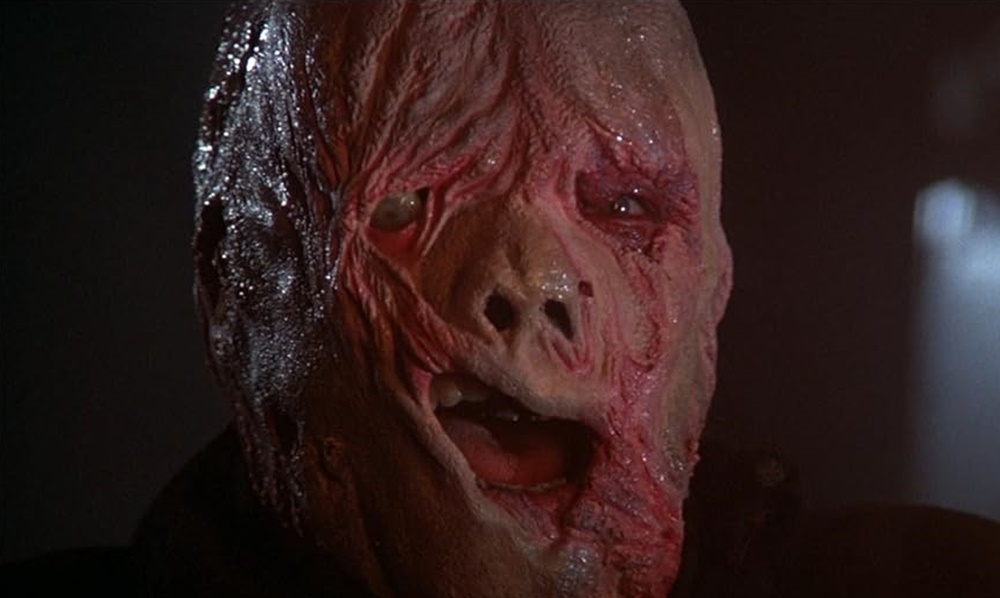
Fangoria is reporting that fans of the 1981 slasher The Burning will be able to have a screening of the film at the location where it was filmed. The movie is set at Camp Blackfoot which is actually the Stonehaven Nature Preserve in Ransomville, New York.
This ticketed event will take place on August 3. Guests will be able to take a tour of the grounds as well as enjoy some campfire snacks along with the screening of The Burning.
The film came out in the early ’80s when teen slashers were being churned out in magnum force. Thanks to Sean S. Cunningham’s Friday the 13th, filmmakers wanted to get in on the low-budget, high-profit movie market and a casket load of these types of films were produced, some better than others.
The Burning is one of the good ones, mostly because of the special effects from Tom Savini who had just come off of his groundbreaking work on Dawn of the Dead and Friday the 13th. He declined to do the sequel because of its illogical premise and instead signed on to do this movie. Also, a young Jason Alexander who would later go on to play George in Seinfeld is a featured player.
Because of its practical gore, The Burning had to be heavily edited before it received an R-rating. The MPAA was under the thumb of protest groups and political bigwigs to censor violent films at the time because slashers were just so graphic and detailed in their gore.
Tickets are $50, and if you want a special t-shirt, that will cost you another $25, You can get all the information by visiting the On Set Cinema webpage.
'Civil War' Review: Is It Worth Watching?
Follow our new YouTube channel "Mysteries and Movies" here.
Movies
‘Longlegs’ Creepy “Part 2” Teaser Appears on Instagram
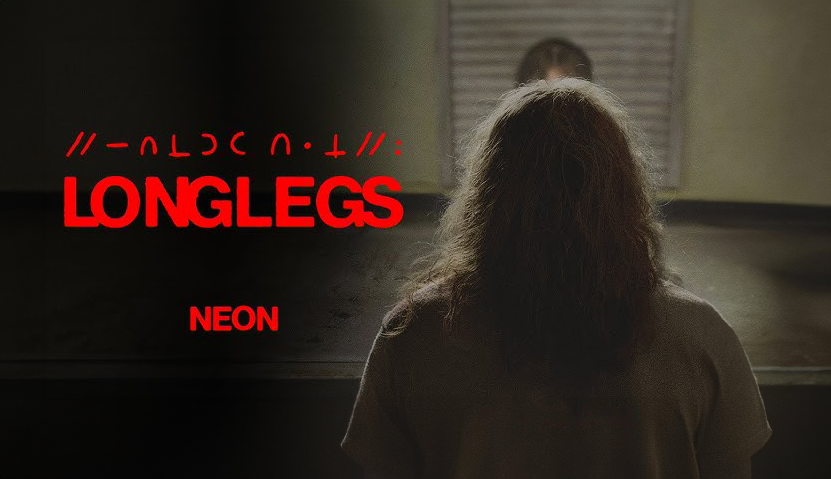
Neon Films released an Insta-teaser for their horror film Longlegs today. Titled Dirty: Part 2, the clip only furthers the mystery of what we are in for when this movie is finally released on July 12.
The official logline is: FBI Agent Lee Harker is assigned to an unsolved serial killer case that takes unexpected turns, revealing evidence of the occult. Harker discovers a personal connection to the killer and must stop him before he strikes again.
Directed by former actor Oz Perkins who also gave us The Blackcoat’s Daughter and Gretel & Hansel, Longlegs is already creating buzz with its moody images and cryptic hints. The film is rated R for bloody violence, and disturbing images.
Longlegs stars Nicolas Cage, Maika Monroe, and Alicia Witt.
'Civil War' Review: Is It Worth Watching?
Follow our new YouTube channel "Mysteries and Movies" here.
News
Exclusive Sneak Peek: Eli Roth and Crypt TV’s VR Series ‘The Faceless Lady’ Episode Five
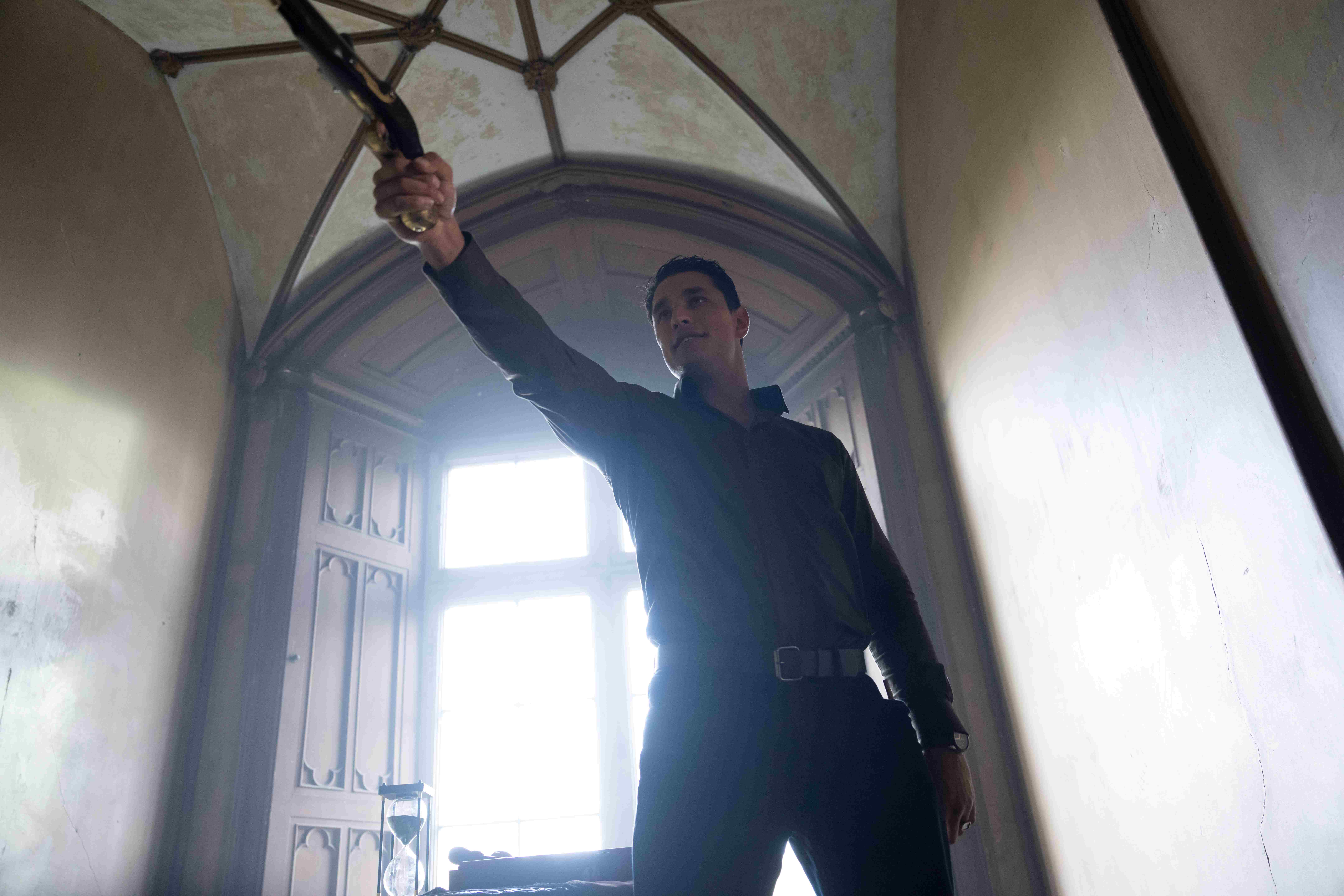
Eli Roth (Cabin Fever) and Crypt TV are knocking it out of the park with their new VR show, The Faceless Lady. For those unaware, this is the first fully scripted VR horror show on the market.
Even for masters of horror like Eli Roth and Crypt TV, this is a monumental undertaking. However, if I trust anyone to change the way that we experience horror, it would be these two legends.

Ripped from the pages of Irish folklore, The Faceless Lady tells the story of a tragic spirit cursed to wander the halls of her castle for all of eternity. However, when three young couples are invited to the castle for a series of games, their fates may soon change.
So far, the story has provided horror fans with a gripping game of life or death that doesn’t look as if it will slow down in episode five. Luckily, we have an exclusive clip that may be able to satiate your appetites until the new premiere.
Airing on 4/25 at 5pmPT/8pmET, episode five follows our final three contestants in this wicked game. As the stakes are raised ever higher, will Ella be able to fully awaken her connection with Lady Margaret?
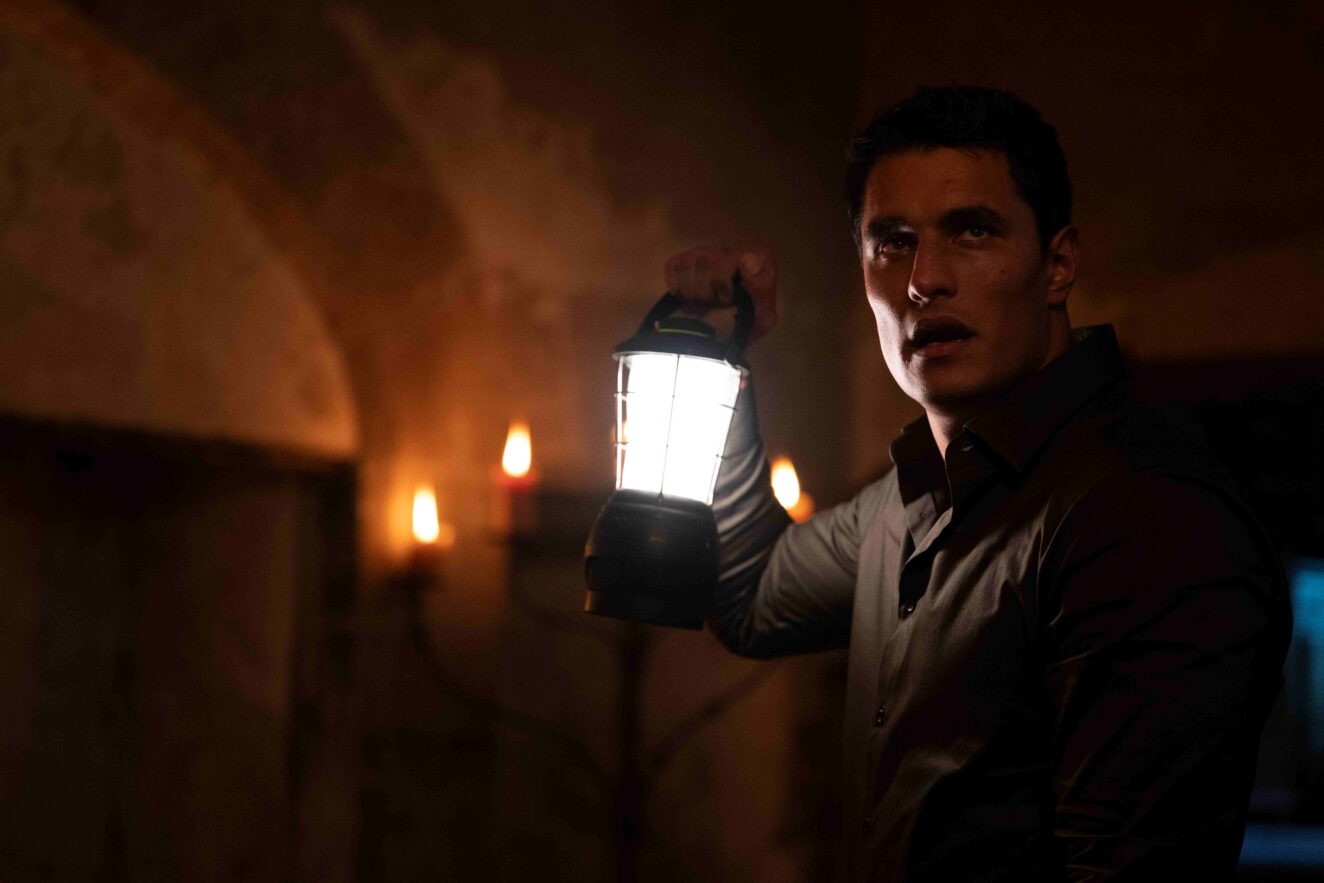
The newest episode can be found on Meta Quest TV. If you haven’t already, follow this link to subscribe to the series. Make sure to check out the new clip below.
Eli Roth Present’s THE FACELESS LADY S1E5 Clip: THE DUEL – YouTube
'Civil War' Review: Is It Worth Watching?
Follow our new YouTube channel "Mysteries and Movies" here.
-

 News7 days ago
News7 days agoWoman Brings Corpse Into Bank To Sign Loan Papers
-

 News6 days ago
News6 days agoBrad Dourif Says He’s Retiring Except For One Important Role
-

 Strange and Unusual6 days ago
Strange and Unusual6 days agoMan Arrested for Allegedly Taking a Severed Leg From Crash Site And Eating It
-

 Movies7 days ago
Movies7 days agoPart Concert, Part Horror Movie M. Night Shyamalan’s ‘Trap’ Trailer Released
-

 Movies7 days ago
Movies7 days agoAnother Creepy Spider Movie Hits Shudder This Month
-
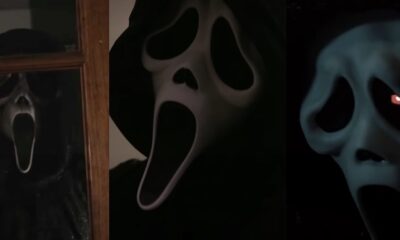
 Editorial6 days ago
Editorial6 days ago7 Great ‘Scream’ Fan Films & Shorts Worth a Watch
-
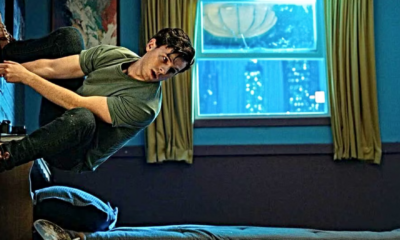
 Movies5 days ago
Movies5 days agoSpider-Man With a Cronenberg Twist in This Fan-Made Short
-

 News4 days ago
News4 days agoOriginal Blair Witch Cast Ask Lionsgate for Retroactive Residuals in Light of New Film
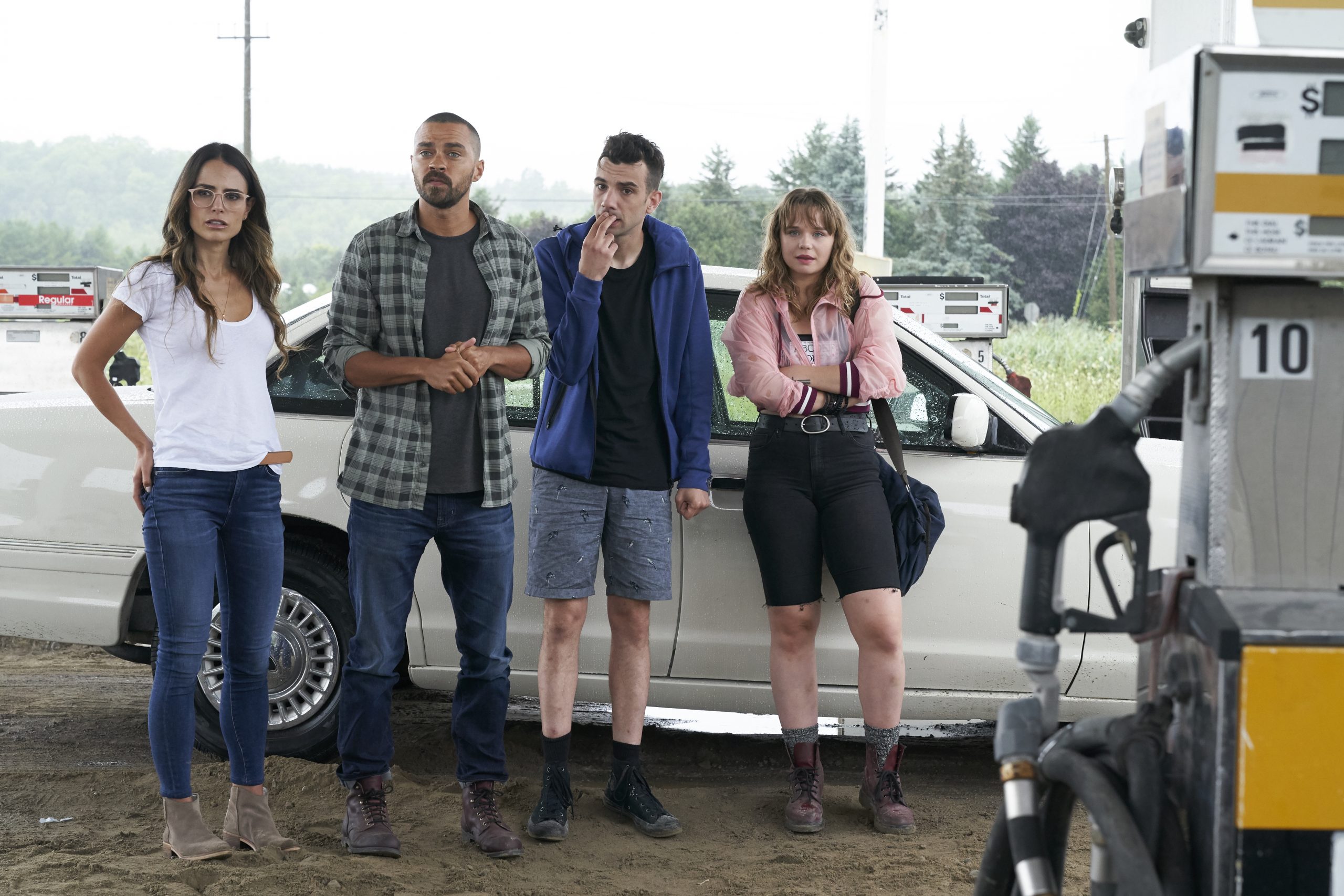
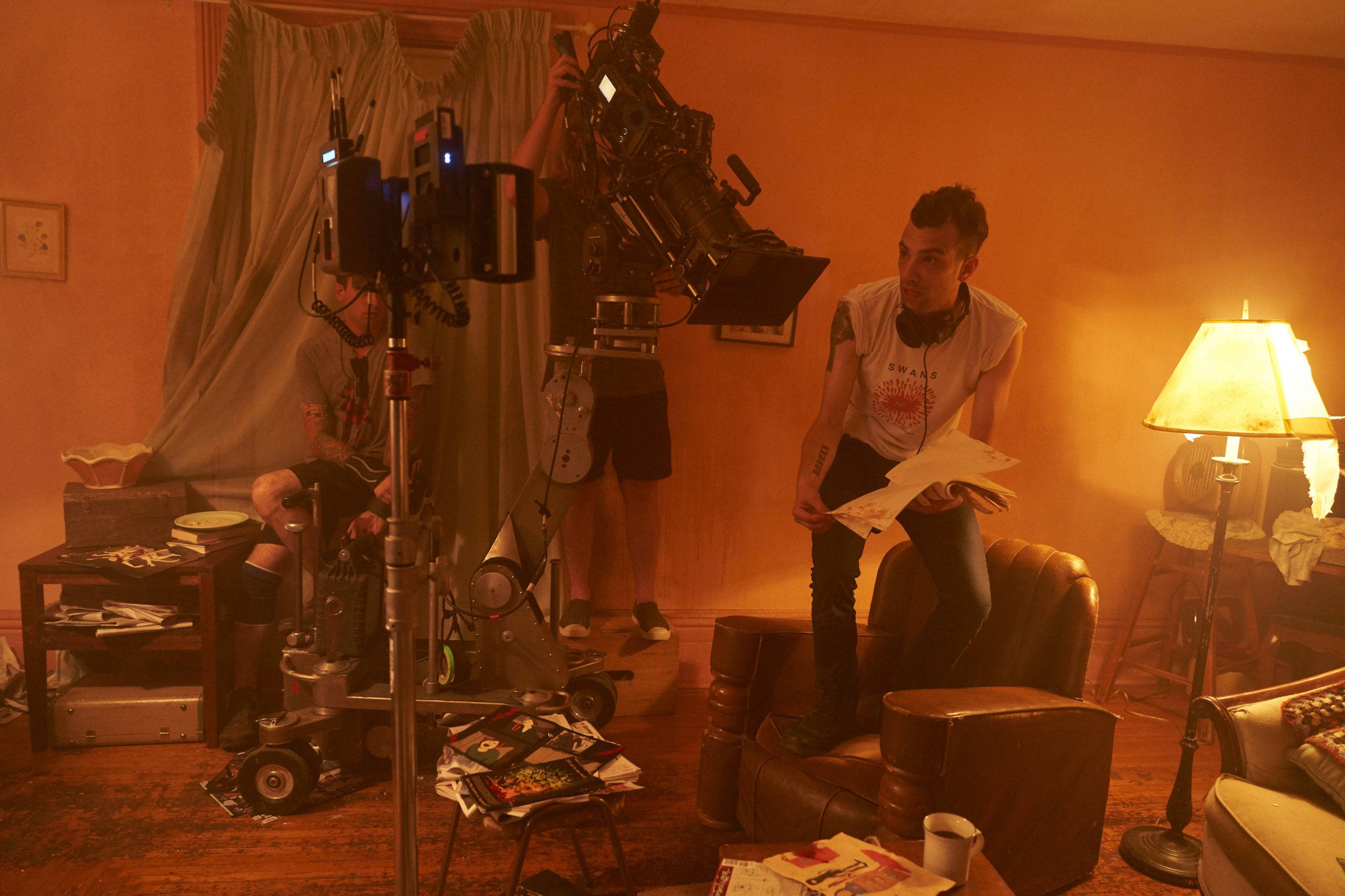
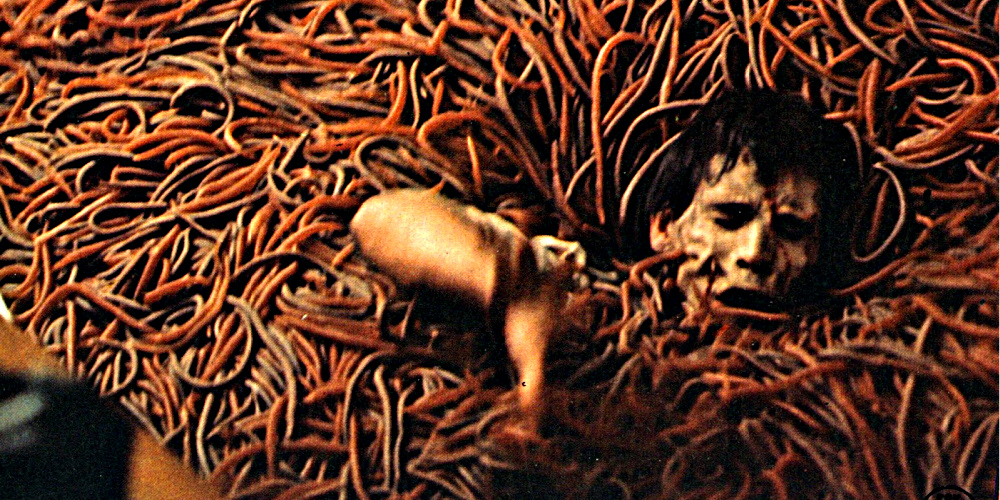




















You must be logged in to post a comment Login